A New Kind of Amendment
Using Biochar to Create Healthy Soil:
Growing up as a small town girl in rural upstate New York has definitely helped prepare me for my life as a horticulturist and a farmer. Where I’m from, it’s very common to see acre upon acre of corn lining the sides of the road wherever you drive. It always fascinated me how farmers grew crops so successfully in such diverse conditions. Many farmers spread manure or use cover crops to maintain the quality of their soil, but have you ever wondered what you could do as a homeowner to improve the structure and health of your soils?
I started my internship for Urban Agriculture at the Denver Botanic Gardens in early May with the goal of learning more about managing smaller plots of land in a setting where corn didn’t even appear once on my morning commute. As an intern, I mostly worked with vegetable crops in several different gardens, including the Home Harvest Garden in the Mordecai Children’s Garden as well as the off-site Mariposa Urban Farm. I was excited to learn that my internship project would revolve around a soil amendment called biochar; something I heard was used in commercial agriculture but didn’t know much about.
Raw biochar, to put it simply, is non-food plant material that has been super-heated in low oxygen conditions. This is a product that is very high in organic carbon and resists breaking down over time. For my internship project I studied Cool Planet’s Cool Terra Engineered Biocarbon. The difference with this product is that it is proprietarily washed in a way that conditions the pores, balances the pH, and removes any hydrocarbon residue.
Cool Terra is most commonly used in large commercial farming operations, and for good reason. There is evidence that biochar can improve fertilizer efficiency and water holding capacity of the soil. Other studies also indicate that biochar can be used to increase yields, improve soil structure, and create a microclimate where beneficial microorganisms like mycorrhizae can thrive. The purpose of my project was to determine if there was value in the use of biochar for small vegetable gardens as well as ornamental plants.
Many of you may have seen me wandering around the Gardens this summer with a tape measure in hand or face-first in a plant mumbling numbers to myself as I recorded data. And to answer your question, yes, I really am counting every single flower on those plants. Our study focuses on five different plantings including the beds near the UMB Bank Amphitheater, the Sensory Garden, the Annuals Garden and Pavilion gargen, the Home Harvest Garden and the East Garden at Mariposa Urban Farm. Each planting was different in its own way; some plants were planted directly in the ground, others in raised beds, some gardens included ornamental plants and others vegetables. They all do have one thing in common: they weren’t large monoculture or commercial agricultural plantings.
The biochar study at the gardens is still ongoing, so I can’t reveal any definitive results as of yet. What I will say is that there have been many interesting trends in every garden I’ve been working with and it’s been a fun experience to take data and answer questions from curious visitors. Stay posted for the results!
This blog post was written by horticulture intern Ashley Paton. Ashley grew up in a small town called Tribes Hill, New York. Living near the Adirondack Mountains, she learned to love being active outdoors. A love for horticulture has always been a big part of her life. She recently graduated from Morrisville State College in Morrisville, New York with a BT in Horticulture Business Management and an AAS in Horticulture concentrated in Floral Design.
Gallery
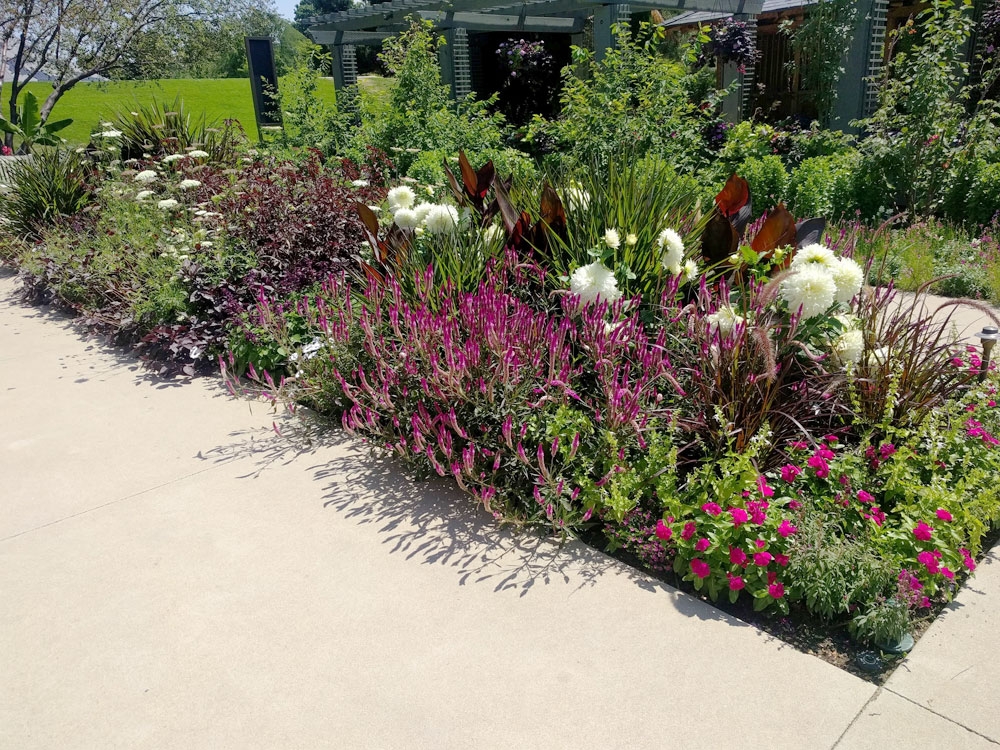
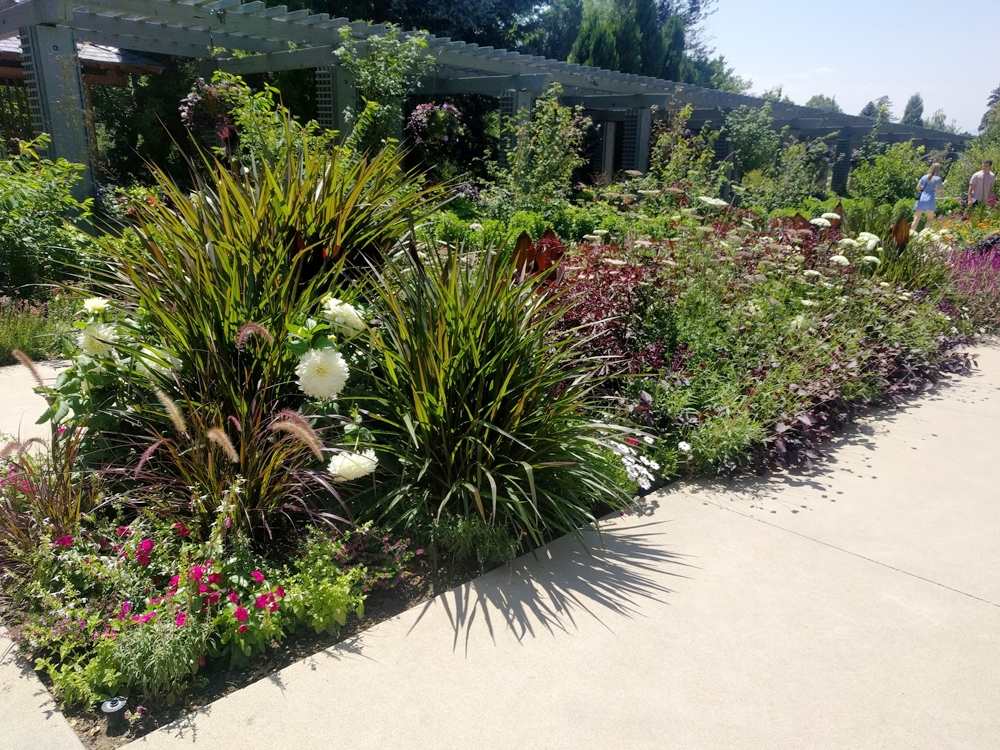
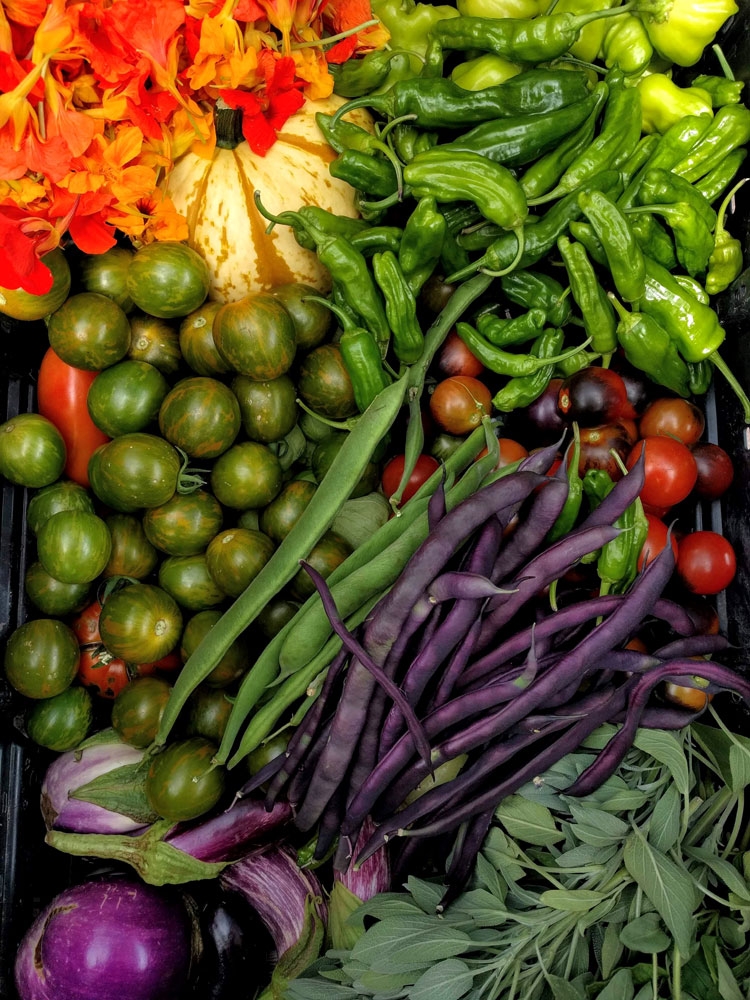
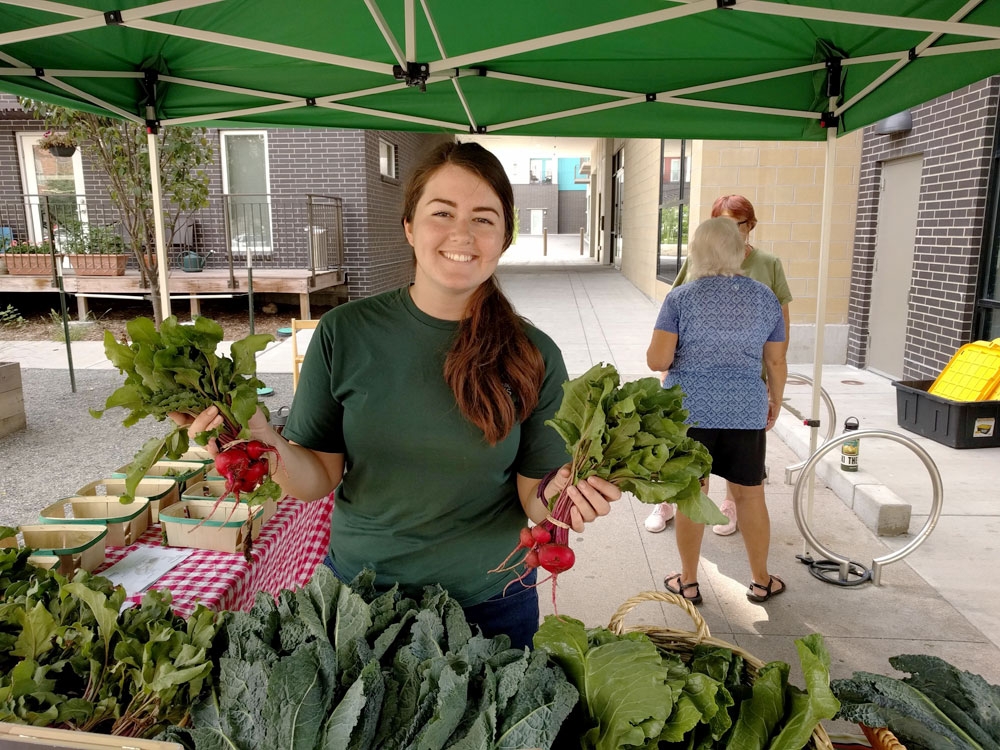
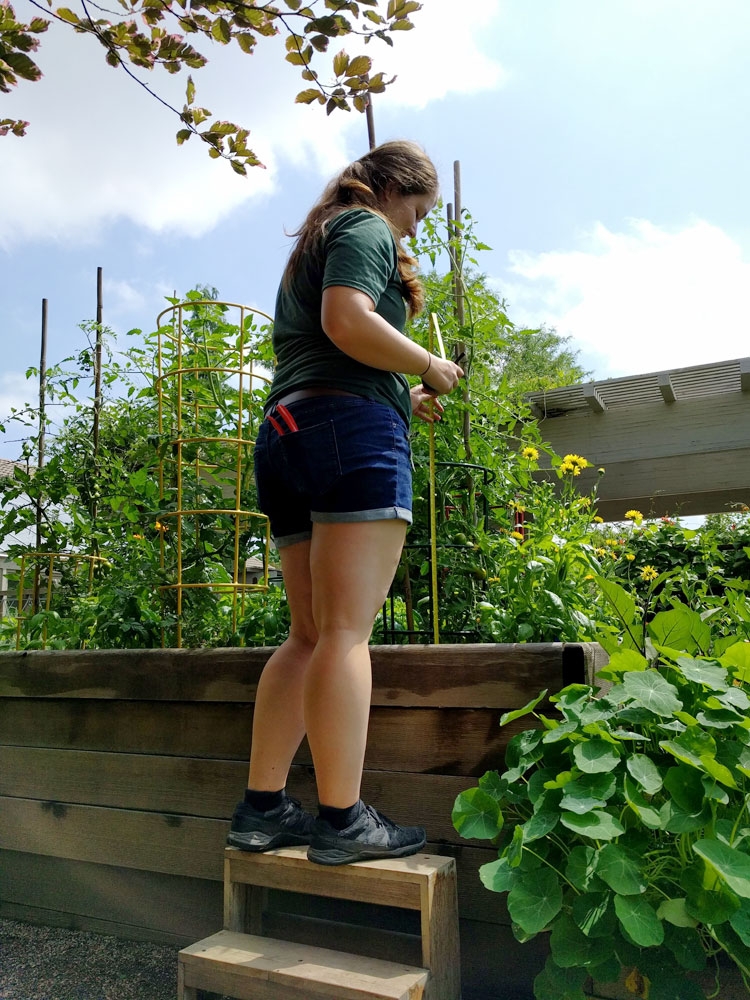
Add new comment